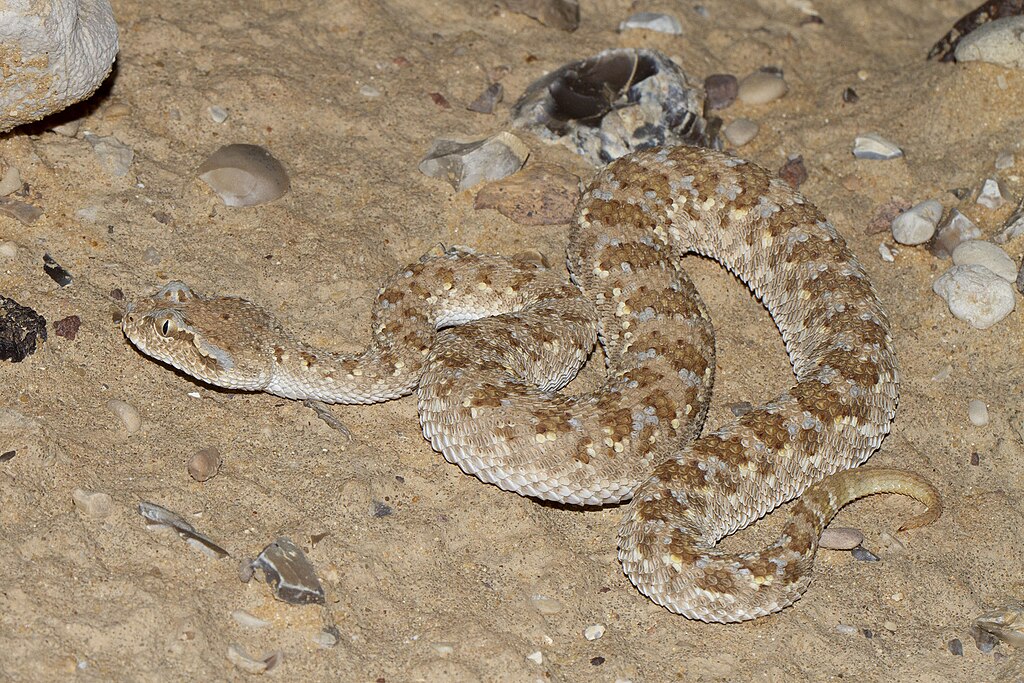Geocaching, the modern-day treasure hunting activity using GPS coordinates, takes enthusiasts into diverse terrains from urban parks to remote wilderness areas. This adventurous hobby often leads participants into natural habitats where wildlife, including snakes, make their homes. While snake encounters during geocaching expeditions are relatively uncommon, being prepared for such situations is essential for safety. Understanding snake behavior, recognizing potentially dangerous species, and knowing how to respond appropriately can make all the difference between a frightening experience and a manageable wildlife encounter. This comprehensive guide will equip geocachers with the knowledge and skills needed to safely navigate potential snake encounters while enjoying their treasure-hunting adventures.
Understanding Snake Habitats in Geocaching Environments
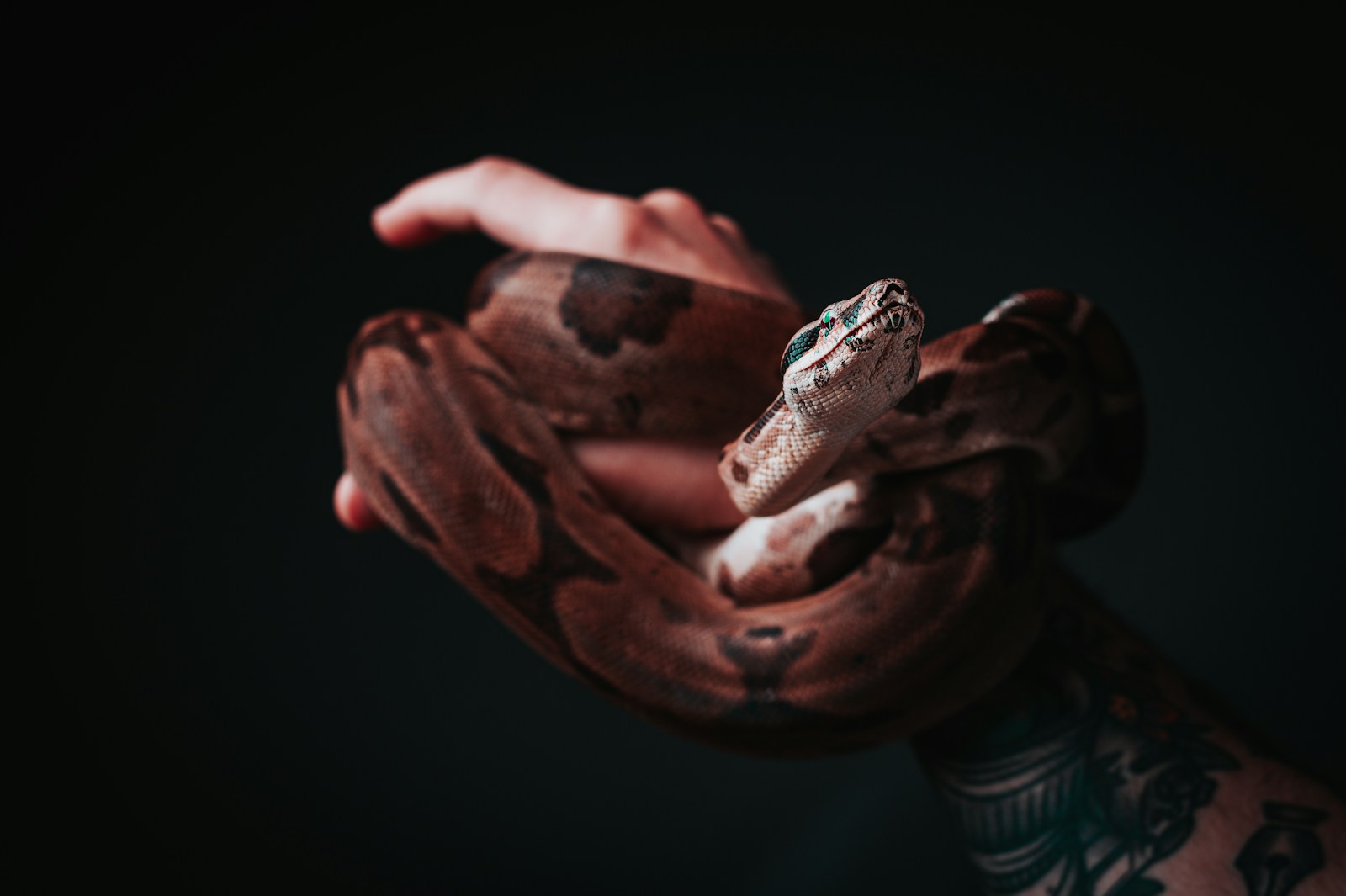
Snakes typically inhabit specific environments based on their species requirements for food, shelter, and temperature regulation. When geocaching, you’re likely to encounter snakes in areas with tall grass, rock piles, fallen logs, leaf litter, and near water sources where they hunt prey or regulate their body temperature. In warmer months, snakes may bask on trails, rocks, or logs during morning hours to warm up, while seeking shade during the hottest parts of the day. Desert-dwelling species might be found under cacti or in burrows, while forest snakes often shelter in rotting logs or dense underbrush. Understanding these habitat preferences helps geocachers identify potential snake territories and exercise appropriate caution when searching for caches in these environments.
Identifying Common Venomous Snakes in North America
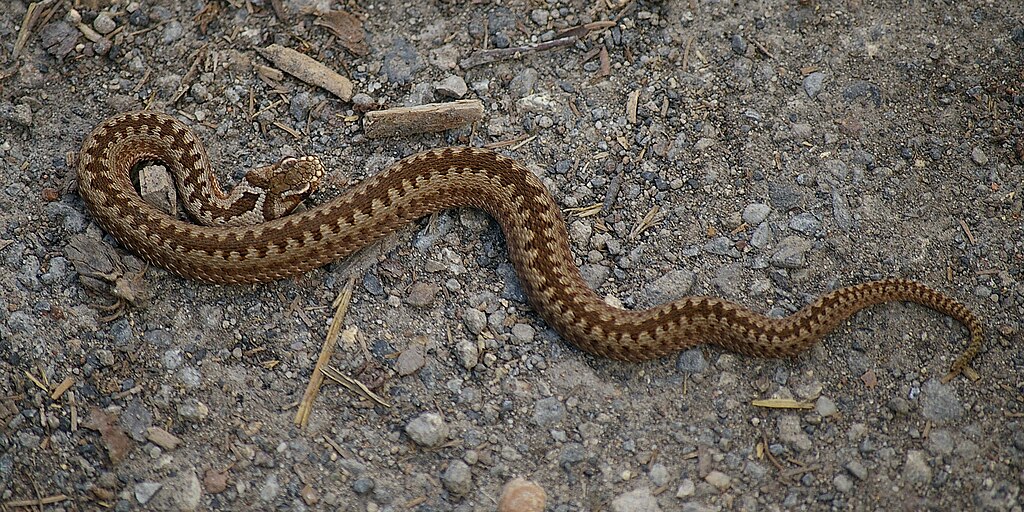
North America is home to several venomous snake species that geocachers should learn to identify, including rattlesnakes, copperheads, cottonmouths (water moccasins), and coral snakes. Rattlesnakes are distinguished by their triangular heads, vertical pupils, heat-sensing pits between eyes and nostrils, and of course, their distinctive rattles. Copperheads feature hourglass-shaped crossbands of chestnut or reddish-brown on a lighter background and are often found in forests and rocky areas. Cottonmouths have thick bodies with dark coloration and distinctive white mouths they display when threatened, typically inhabiting swamps and wetlands. Coral snakes display the memorable red, yellow, and black banding pattern, remembered by the rhyme “red touch yellow, kill a fellow; red touch black, friend of Jack,” though this applies only to North American species. Familiarizing yourself with the venomous species in your geocaching region is fundamental for risk assessment.
Essential Gear for Snake-Safe Geocaching
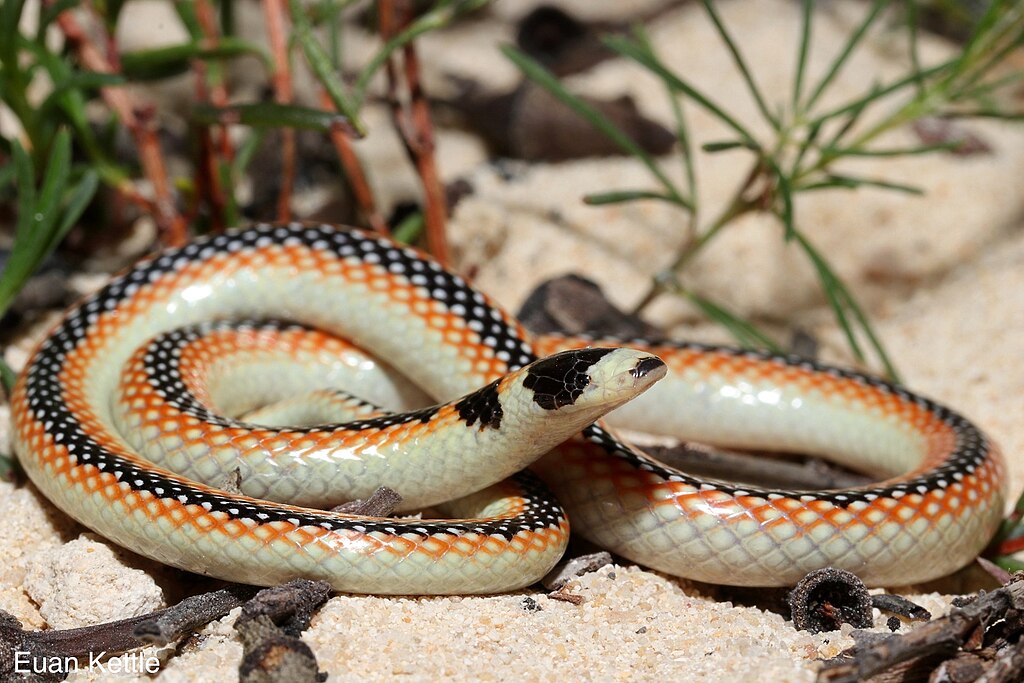
Proper equipment can significantly reduce your risk during snake encounters while geocaching. Sturdy hiking boots that cover the ankles offer protection against most snake strikes, which typically occur below knee height. Snake gaiters or snake-proof leggings provide additional protection for lower legs when geocaching in high-risk areas with dense vegetation. A hiking stick or trekking pole serves multiple purposes: it can be used to probe vegetation before stepping through it, providing early warning of snake presence. Carry a bright flashlight even during daytime excursions to illuminate dark spaces like rock crevices or hollow logs before reaching into them. Include basic first aid supplies in your geocaching kit, focusing on items useful in snake bite scenarios such as compression bandages, antiseptic wipes, and a communication device to call for emergency assistance.
Appropriate Clothing Choices for Snake Protection
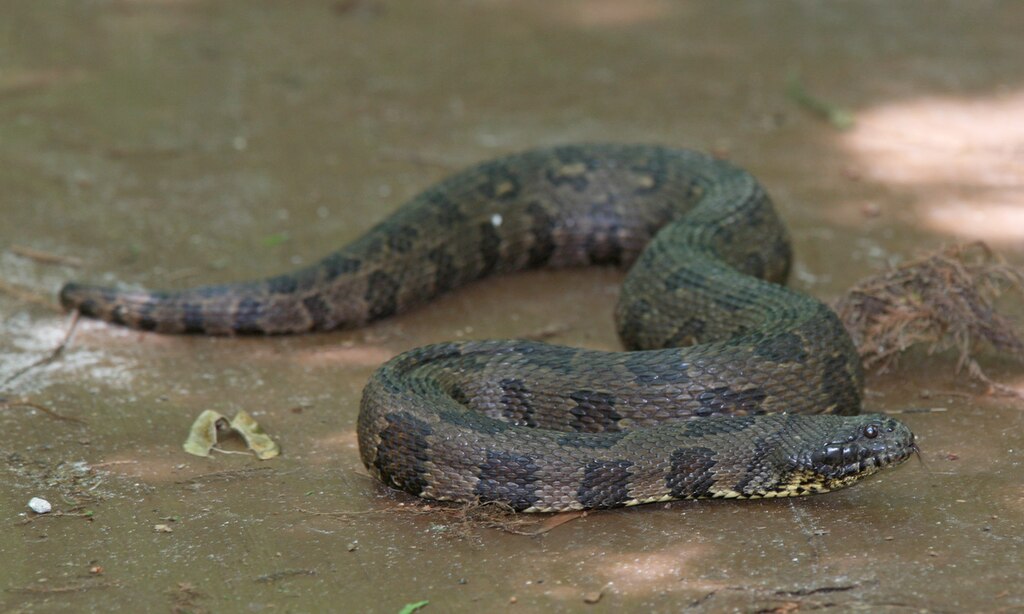
Your clothing selections can provide valuable protection against potential snake bites during geocaching adventures. Loose-fitting, long pants made from thick material like denim or canvas create a barrier that some snake fangs cannot penetrate, particularly from smaller species. Tucking pants into boots eliminates gaps where snakes might strike exposed skin around the ankle area. Light-colored clothing makes spotting ticks and other hitchhiking creatures easier, while also absorbing less heat in warm weather. Avoid open-toed shoes, sandals, or short pants when geocaching in snake territory, regardless of the temperature or your comfort preferences. Remember that multiple layers of fabric provide better protection than single layers, so consider lightweight hiking gaiters over pants in areas known for venomous snake activity.
Safe Geocaching Techniques in Snake Country
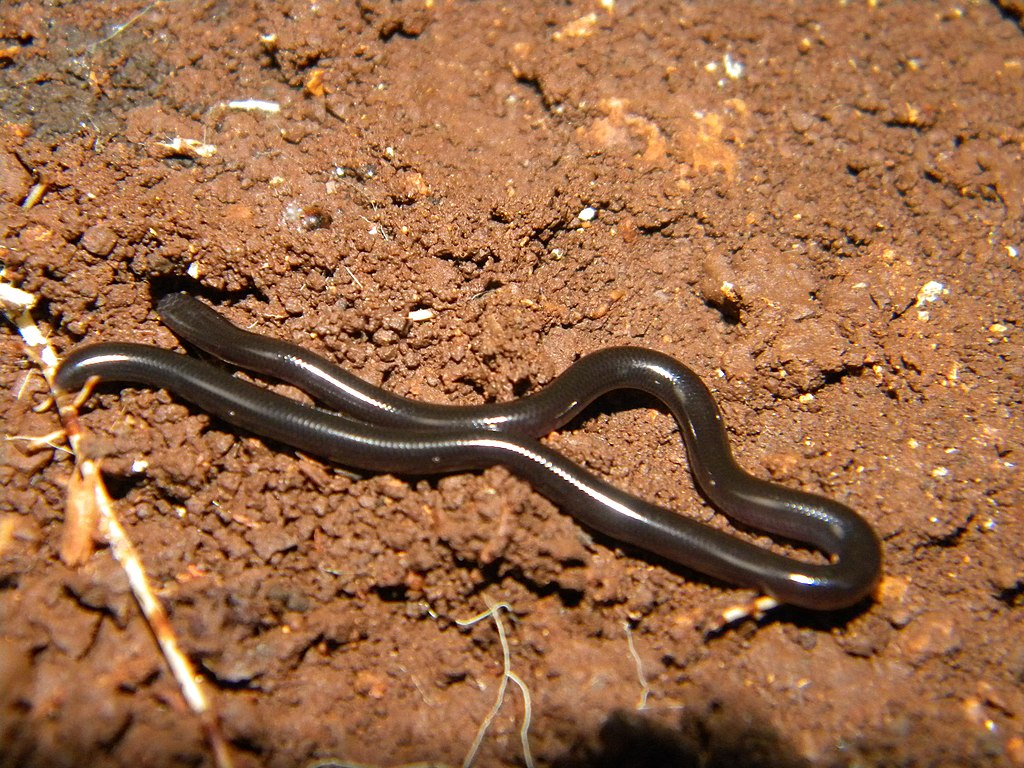
Adapting your geocaching techniques in snake-prevalent areas can significantly reduce encounter risks. Always stay on established trails whenever possible, as snakes are less likely to be found in frequently trafficked areas. When moving off-trail to locate a cache, step onto logs or rocks rather than over them, ensuring you can see the other side before proceeding. Avoid placing hands or feet into areas you cannot visually inspect first, including rock crevices, hollow logs, or dense vegetation where cache containers might be hidden. Use a selfie stick, trekking pole, or similar tool to check potential hiding spots before reaching in with your hands. Maintain awareness of your surroundings by periodically scanning the ground ahead and listening for warning sounds like rattling or rustling vegetation that might indicate snake presence.
Recognizing Snake Warning Behaviors
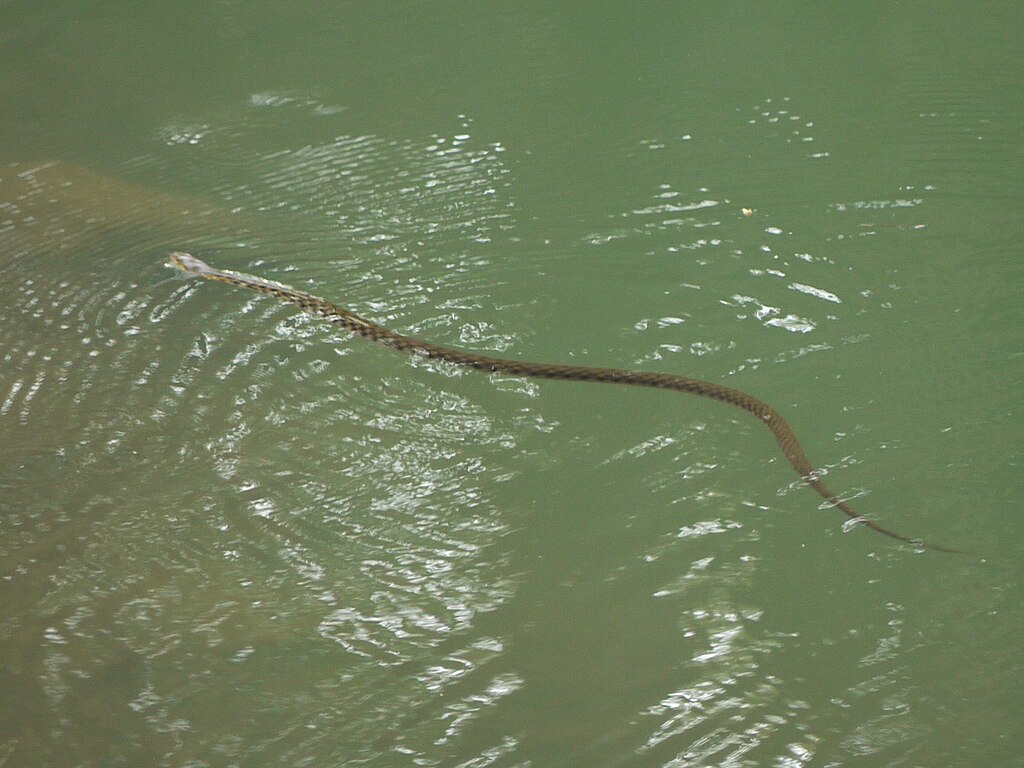
Understanding snake body language and warning signals can provide valuable time to retreat safely from an encounter. Rattlesnakes famously vibrate their tails, creating the distinctive rattling sound as a warning before striking, though younger rattlesnakes may strike without this warning. Many non-venomous and venomous snakes alike will coil defensively, raising their heads and necks when they feel threatened, preparing for a potential strike. Hissing is another common warning behavior across many snake species, indicating the snake feels cornered or threatened. Some species, like the cottonmouth, may display their mouths as a warning sign, showing the distinctive white lining that gives them their name. Recognizing these behaviors allows geocachers to slowly back away while keeping the snake in sight, giving it space to retreat and deescalating the encounter.
Proper Response to Snake Sightings
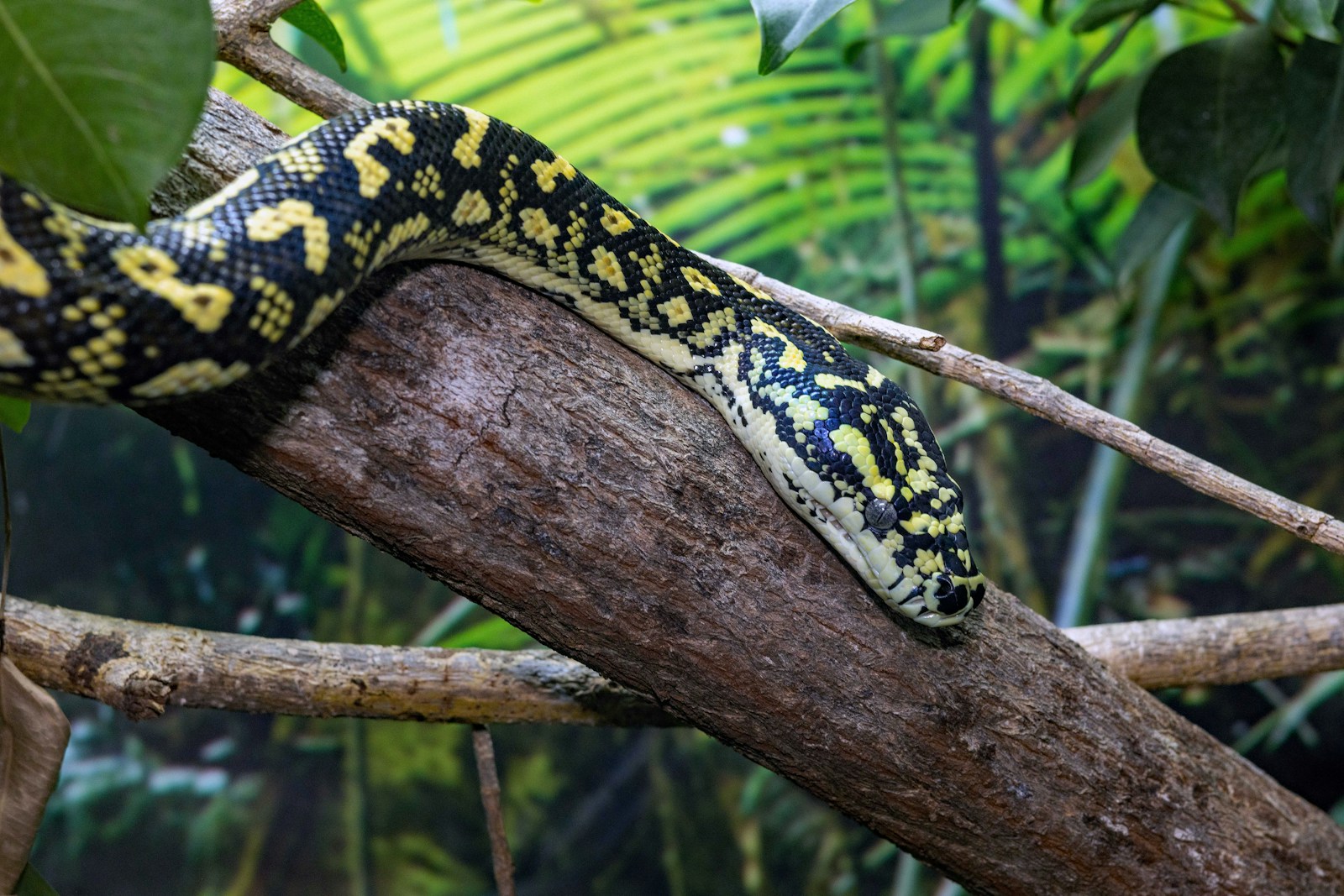
When you encounter a snake while geocaching, your immediate response should be to freeze momentarily to assess the situation and the snake’s position. Avoid making sudden movements that might startle the snake, as most snake bites occur when the animal feels threatened or cornered. Slowly back away while keeping your eyes on the snake, maintaining a distance of at least two snake-lengths, which provides adequate space for safety. Never attempt to touch, handle, or provoke a snake, regardless of whether you believe it to be venomous or not, as misidentification is common even among experienced outdoors people. If the snake is blocking your path to a geocache, consider the cache temporarily inaccessible and report the situation to the cache owner through the geocaching platform. Remember that snakes are beneficial components of ecosystems and deserve respect rather than persecution.
First Aid for Snake Bites
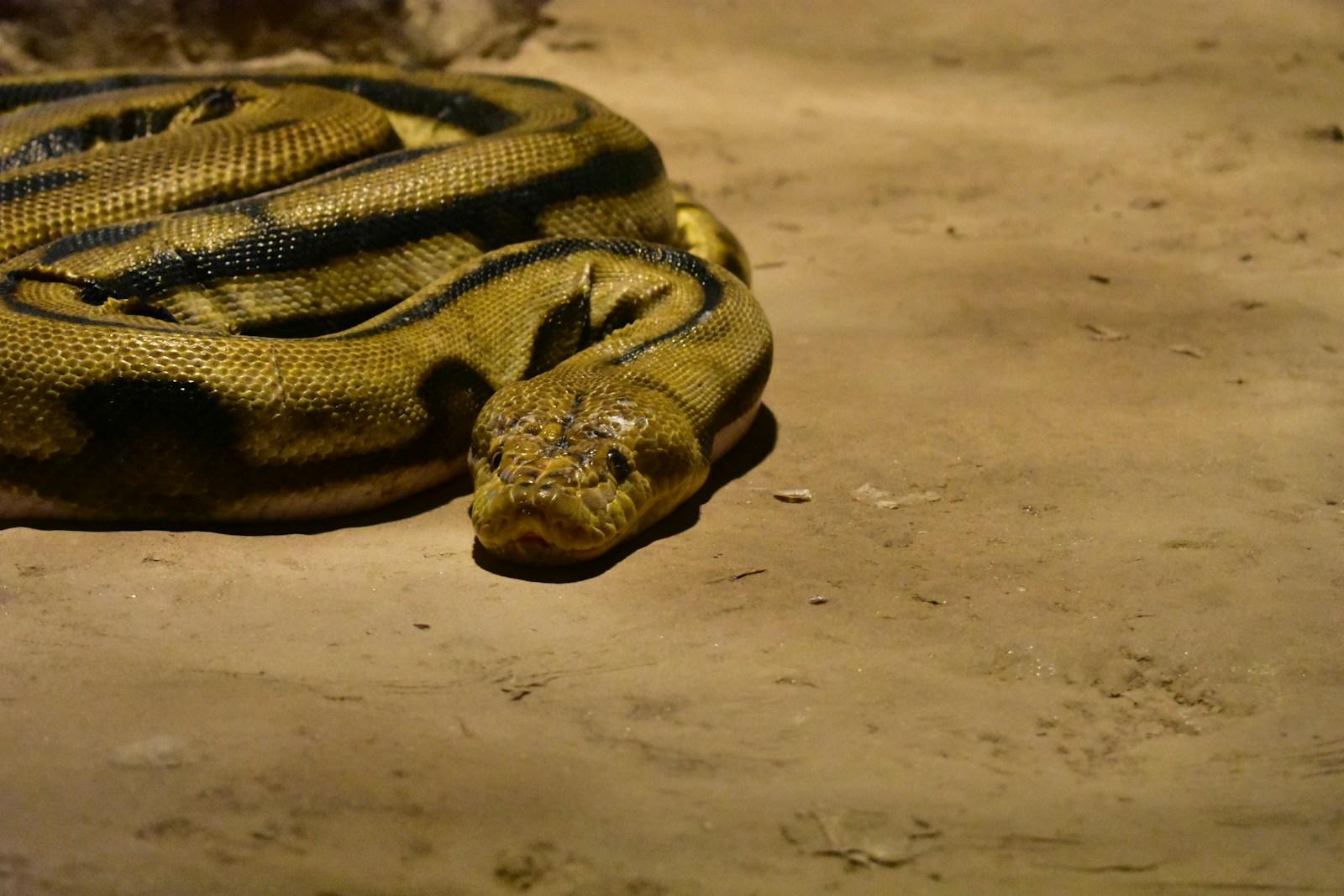
Despite precautions, snake bites can occur, making knowledge of proper first aid vital for geocachers in snake territory. If bitten, move away from the snake to prevent additional strikes, then keep the affected area below heart level to slow venom spread if the snake was venomous. Remove any constrictive items like rings or watches near the bite site before swelling occurs. Clean the wound gently with soap and water if available, and cover it with a clean, dry bandage. Call emergency services (911 in the US) immediately or designate someone to seek help, providing details about your location using GPS coordinates from your geocaching device. Avoid traditional “treatments” like cutting the wound, attempting to suck out venom, applying ice, or using tourniquets, as these methods are ineffective and potentially harmful. Record the time of the bite and, if possible, take a photo of the snake from a safe distance to help medical professionals identify the species.
Choosing Snake-Safe Geocaching Seasons and Times
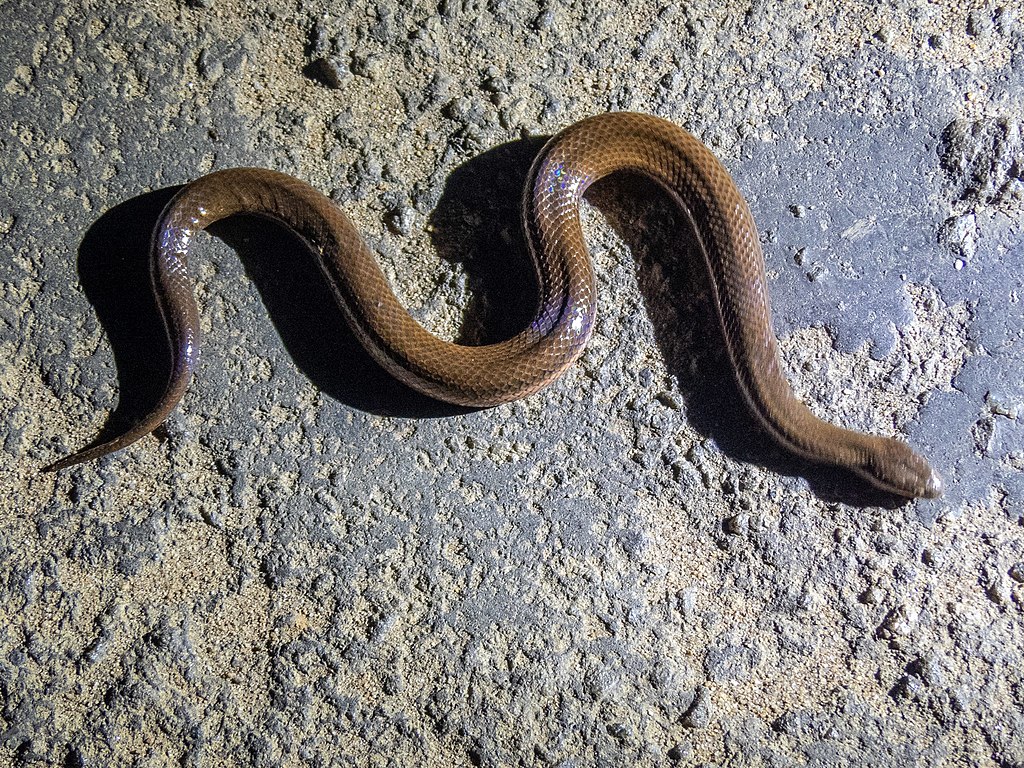
Strategic timing of your geocaching adventures can significantly reduce the likelihood of snake encounters. Snakes are ectothermic (cold-blooded), meaning their activity levels depend on environmental temperatures, with most species being most active during warm seasons from late spring through early fall. In hotter regions, snakes often adopt crepuscular habits during summer, being most active during dawn and dusk when temperatures are moderate, making mid-day geocaching potentially safer. Winter geocaching in most regions presents minimal snake encounter risk, as most species brumate (similar to hibernation) during colder months. During transitional seasons like early spring and late fall, be particularly cautious around sun-warmed rocks and surfaces where snakes might bask to regulate their body temperature. Adjusting your geocaching schedule around these patterns can substantially reduce your chances of unexpected snake encounters.
Researching Snake Activity Before Geocaching Trips
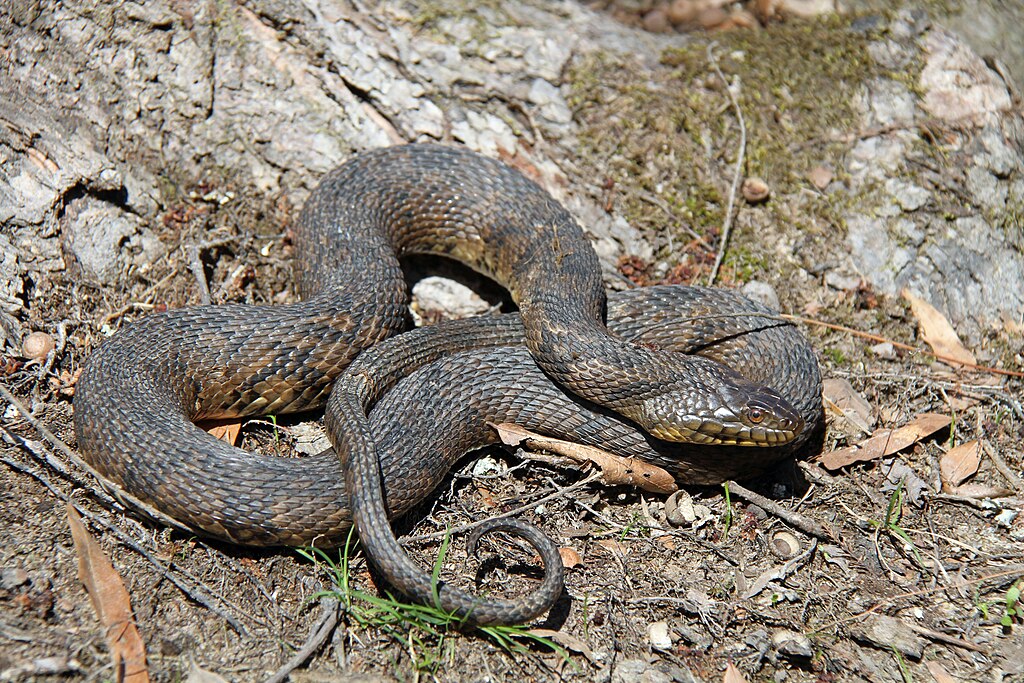
Preparation through research is a powerful tool for snake-safe geocaching in unfamiliar territories. Before embarking on a geocaching expedition, research the specific snake species native to your destination area, paying particular attention to venomous varieties and their typical habitats. Many state wildlife departments and national parks provide online resources detailing local snake species, activity patterns, and recent sighting reports. Geocaching forums and community discussions often contain valuable information about wildlife encounters on specific cache routes, providing real-world insights from fellow enthusiasts. Mobile applications like SnakeBite911 or regional wildlife identification apps can provide offline reference guides for snake identification when cellular service is unavailable. Weather forecasts can also inform your planning, as snakes are typically more active during warm, sunny days following cool periods when they need to thermoregulate.
Teaching Children Snake Safety for Family Geocaching
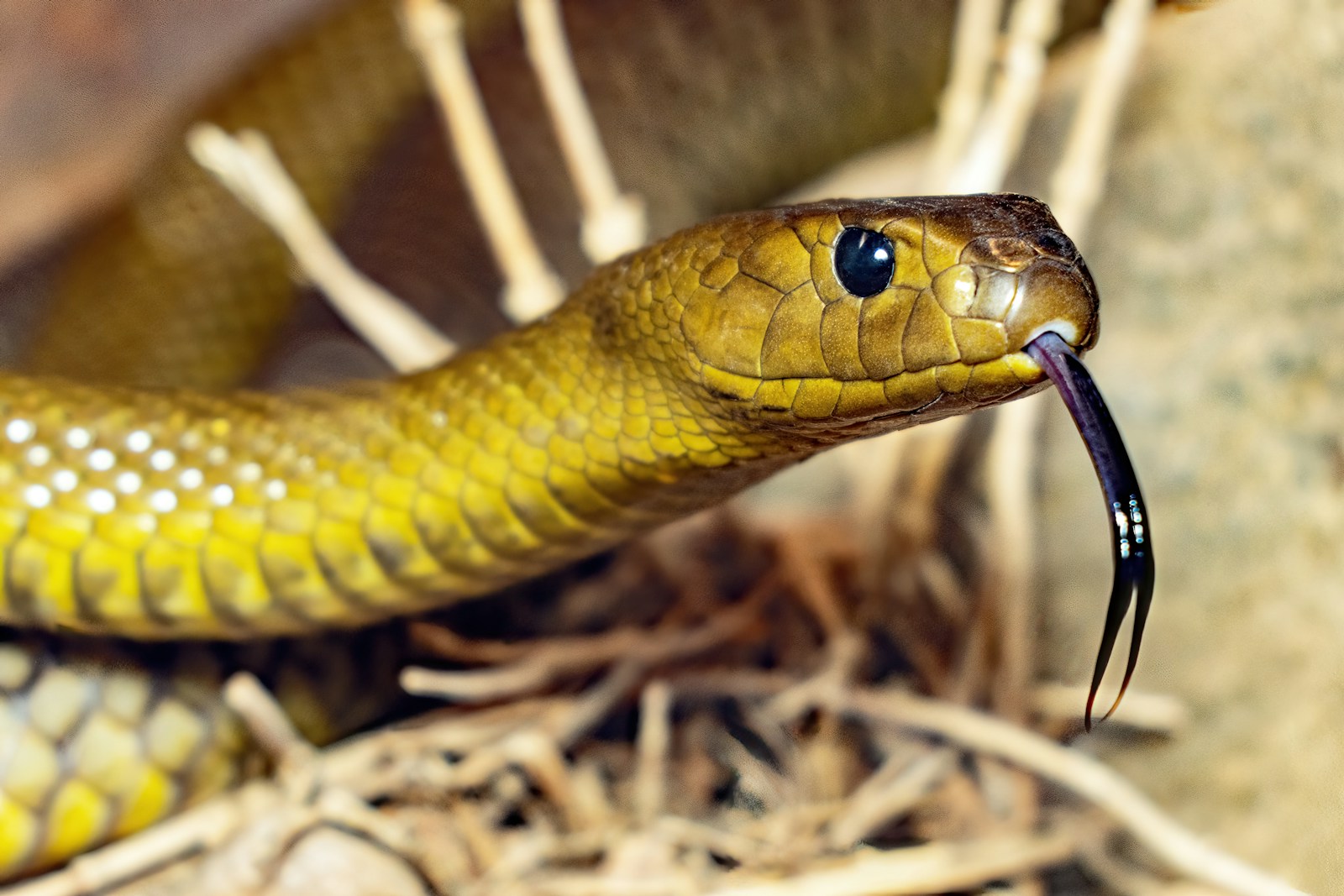
Family geocaching adventures require special attention to snake safety when children are involved. Teach children to recognize snake warning signs like rattling sounds or unusual rustling in vegetation without instilling unnecessary fear of the outdoors. Establish clear rules for children, such as staying on trails, not reaching into hidden areas, and immediately alerting adults if they spot a snake rather than approaching it. Create a simple rhyme or memory aid to help children remember basic snake safety, such as “If you see a snake, take a step back for safety’s sake.” Practice the “freeze and assess” response with children through role-playing scenarios, helping them develop the instinct to stop and call for adult assistance rather than running (which can lead to falls or accidentally moving closer to the snake). Remember that children’s natural curiosity may override caution, so maintain close supervision in snake-prone areas while allowing them to enjoy the geocaching experience.
Utilizing Technology for Snake Safety
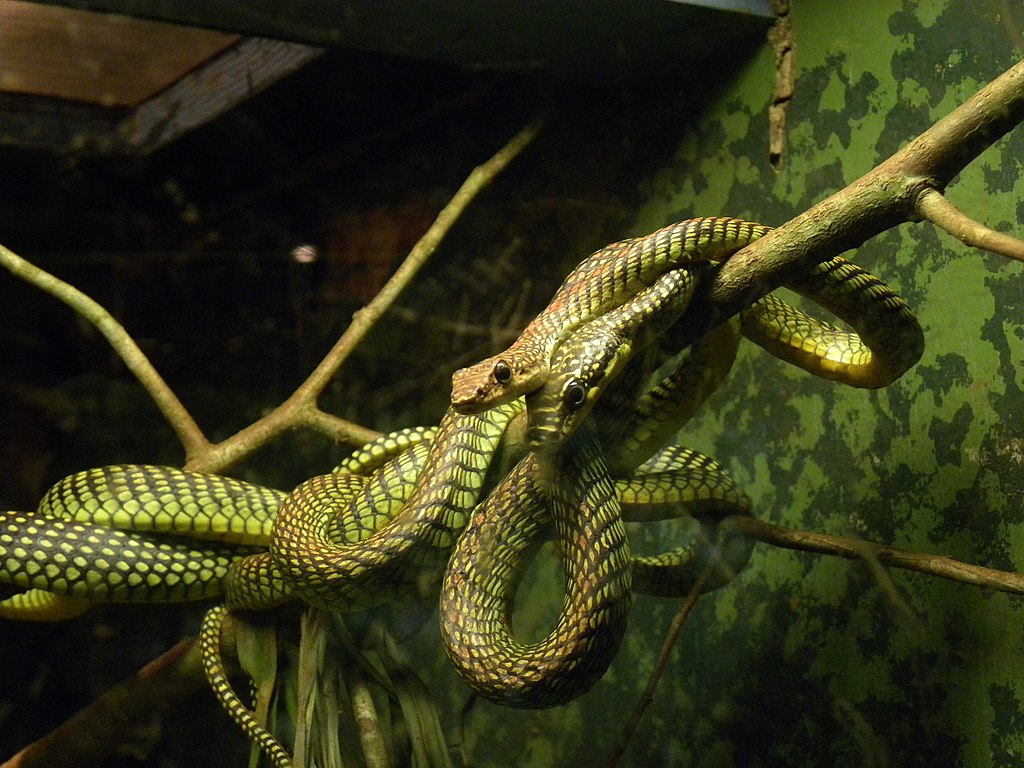
Modern technology offers several tools that can enhance snake safety during geocaching expeditions. Smartphone applications dedicated to wildlife identification use photo recognition to help identify snake species when encountered, though these should be used from a safe distance. Some geocaching platforms allow users to tag caches with wildlife warnings, so check for these notifications when planning your route. GPS tracking devices with emergency SOS features provide peace of mind in remote geocaching locations, enabling quick communication with emergency services if a snake bite occurs. Motion-activated snake repellent devices using vibration technology are available for high-risk areas, though their effectiveness varies by snake species and situation. Thermal imaging attachments for smartphones can help detect heat signatures of snakes hiding in vegetation or crevices during cooler parts of the day, potentially preventing surprise encounters.
Responsible Geocaching in Snake Habitats
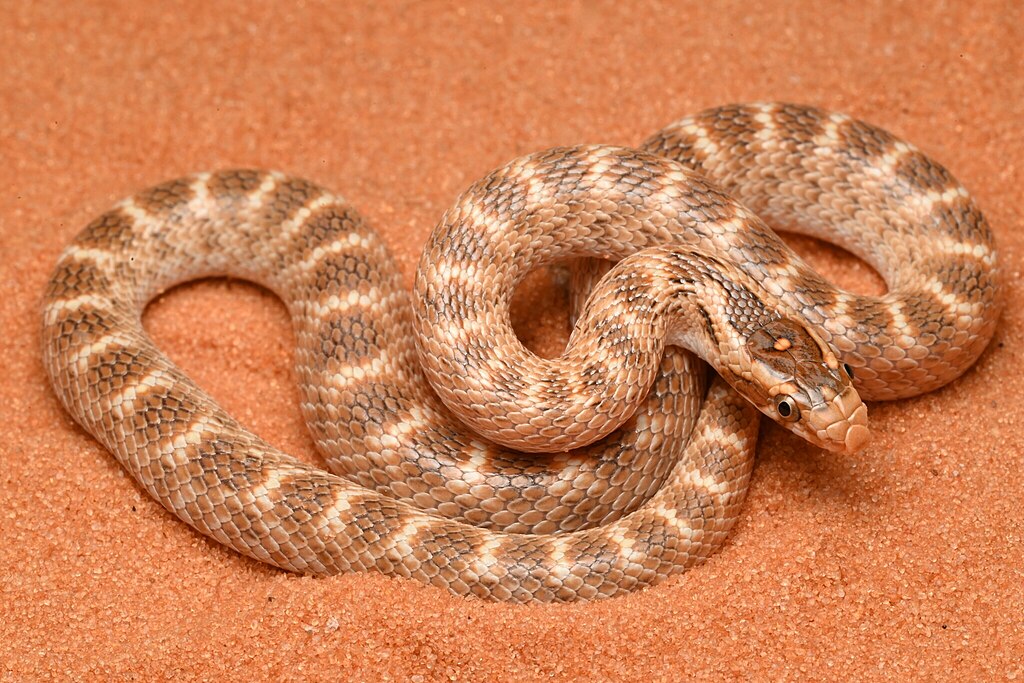
Ethical considerations should guide geocachers when navigating snake territories during their adventures. When placing new geocaches, avoid locations that might disturb known snake hibernacula (winter denning sites) or nesting areas, as disruption can harm snake populations that play crucial roles in controlling rodent populations. If you discover a geocache placed in a sensitive snake habitat, consider contacting the cache owner or local geocaching administrators to suggest relocation. Document snake sightings during your geocaching trips on wildlife observation platforms like iNaturalist to contribute to scientific understanding of snake distributions and behaviors. Remember that all wildlife, including snakes, are protected by various regulations in many parks and natural areas, making it illegal to harass, collect, or kill them, regardless of species. Practice “leave no trace” principles by staying on established paths when possible to minimize habitat disturbance for all wildlife, including the snakes that help maintain ecological balance.
Conclusion

Preparing for potential snake encounters is an important aspect of responsible geocaching, particularly in wilderness areas where these remarkable reptiles make their homes. By understanding snake behavior, recognizing their habitats, wearing appropriate protective clothing, and knowing how to respond during an encounter, geocachers can significantly reduce their risk while enjoying their outdoor treasure hunting adventures. Remember that snakes play vital roles in ecosystems and typically avoid human interaction when possible. With proper preparation and respect for wildlife, geocachers can safely share the landscape with these important predators while pursuing their hobby. The next time you head out with your GPS to find hidden caches, take these precautions to ensure your geocaching experience remains safe, enjoyable, and harmonious with the natural world around you.

